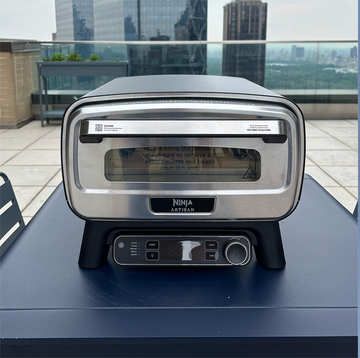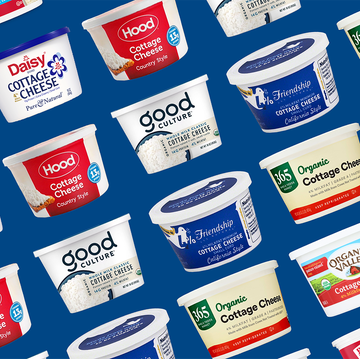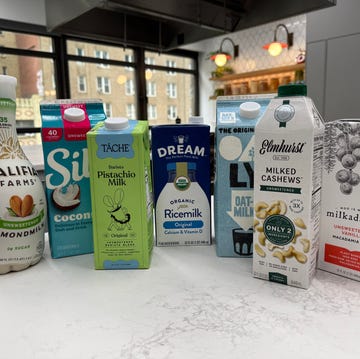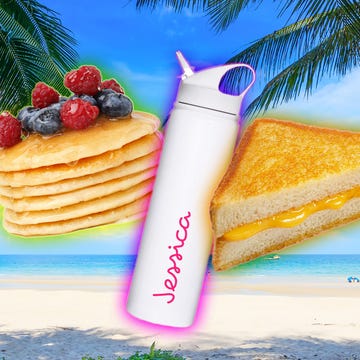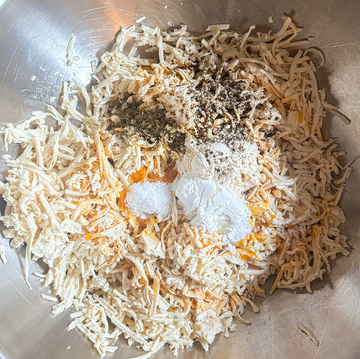We've all seen those viral videos of high-dollar cookware chipping, cracking, and downright exploding during dinner prep. While your first thought is that the cookware must be cheaply made (you just KNEW it wasn’t worth the hype), that’s often not the case. The truth is that while many items on the market—from Dutch ovens and braisers to roasting pans and baking dishes—look similar, they can behave differently, and the kind you buy determines whether or not you can use it on your stovetop. So how exactly are you supposed to know what’s stovetop safe and what isn’t?
Enameled Cast Iron Vs. Ceramic Bakeware
Many brands, like Le Cruset, Staub, and their competitors, offer enameled cast iron and ceramic bakeware, but they are not created equally. Enameled cast iron has a cast iron interior, but the exterior is coated with tempered glass, making the surface non-stick and suitable for stovetop and oven use. Ceramic bakeware, or stoneware (not to be confused with non-stick ceramic, which is just aluminum with a ceramic coating), is made from kiln-fired clay and should be only used for baking.
What Happens If You Cook With Stoneware On The Stovetop?
Unlike enameled cast iron, ceramic baking dishes are not safe to use on a stovetop because of a phenomenon called thermal shock. The rapid temperature increase from a direct heat source will cause a steep pressure change, causing the ceramic to expand unevenly beyond its tensile strength, resulting in cracking, chipping, or exploding. Brittle materials like ceramic are more likely to experience thermal shock because of their naturally low thermal conductivity. This is also why some dishes can’t go directly from the fridge to the oven and vice versa.
How Can I Tell If My Pan Is Stovetop-Safe?
- Check the packaging or the manufacturer's website. Going straight to the source is always a safe bet. Check the instruction manual that came with your cookware or the manufacturer’s website to confirm the appropriate use for your model.
- Shape is often an indicator. While it won’t tell you everything, the shape of your stoneware can indicate whether or not it’s fit for stovetop use. Anything square or rectangular is an automatic no-no, but for ovals and circles, you might need to do some more investigation.
What's The Difference Between The Oven And Stove?
It might seem like this goes without saying but I MUST add...the oven and the stove are not the same thing! The stove consists of electric, induction, or gas burners on top of a range that you’d use for pots and/or pans to do tasks like boiling water or frying an egg. The oven is the enclosed box in front of the range where you do things like bake cakes or roast veggies on a sheet tray.
How Can I Prevent My Cast Iron Pans From Cracking?
When you use enameled cast iron, NEVER preheat an enameled cast iron pan or pot without some sort of oil or fat in the pan. Dry preheating can cause the enameled surface to warp, crack, and chip, ruining its effectiveness.



